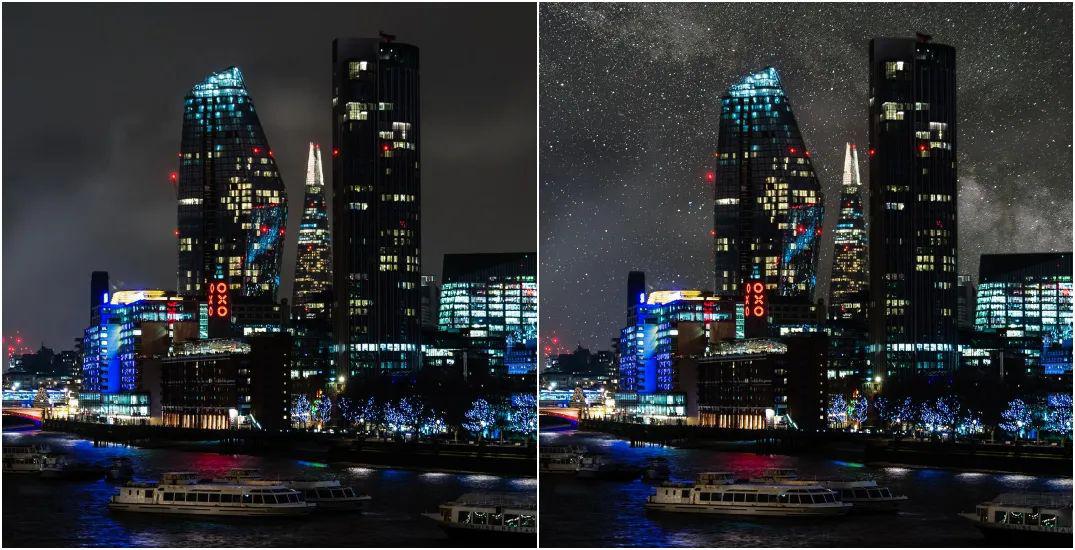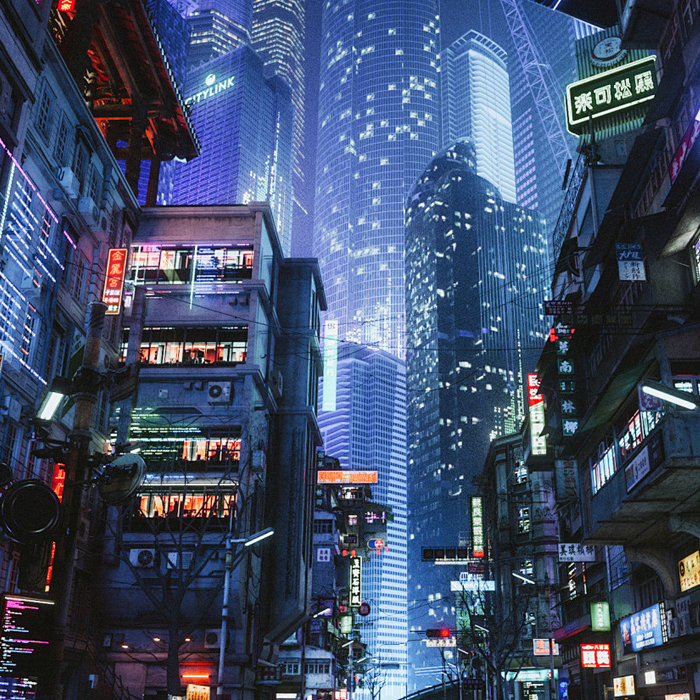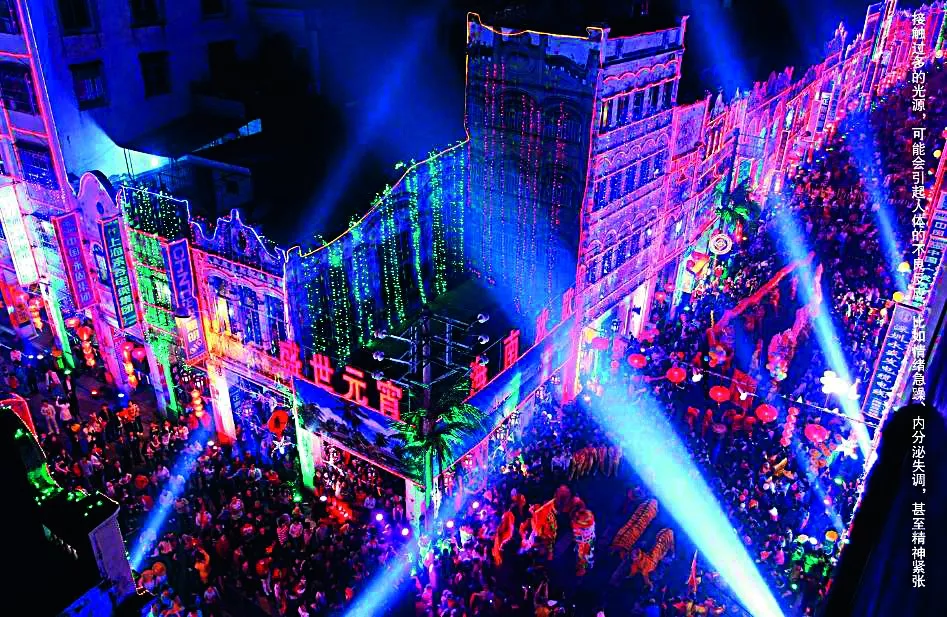Study reveals why even tough light pollution regulations don’t work
In theory, tackling light pollution doesn’t seem difficult. Unlike carbon emissions or industrial waste, electric lights are controllable and adjustable, allowing cities and businesses to dim them as they please. Yet despite overwhelming evidence that excessive lighting harms human health, wildlife, and even the national power grid, effective regulation remains fragmented, inconsistent, and in many cases absent.
A recent study, “Light Pollution Control: A Comparative Analysis of Regulations in Civil and Common Law Jurisdictions,” reveals a stark contradiction in how cities around the world deal with light pollution. Shanghai and Seoul, for example, have imposed strict limits on the brightness, hours of use, and color spectrum of LED billboards. But London and New York rely on nuisance laws enacted years ago, which put the burden of proof on the people who suffer from excessive electric light.

At the heart of this debate lies a paradox: Even the most radical light pollution policies may not solve the problem. After Seoul enacted its light pollution law in 2010, complaints dropped dramatically, only to rebound just a few years later.
A closer look reveals that businesses that are required to dim their storefronts often find new ways to get around the restrictions. And while Shanghai, often seen as a leader in light pollution regulation, has a strict 5 lux limit in some areas, research shows that even this “controlled” light level is significantly higher than the biological optimum for sleep cycles and nocturnal ecosystems.
Worryingly, lighting regulation, if it exists, often lags behind scientific developments. Many regulations use brightness as the primary control metric, but research shows that the spectrum is just as important, if not more critical. In Shanghai, for example, blue light on digital billboards is limited to 17% of the allowed brightness of green LEDs, given its severe disruption to the circadian rhythms of humans and animals. But in most cities, spectrum control isn’t even a part of regulation.
Policy effectiveness – or lack thereof
The study also highlights the impact of the legal framework on the enforceability of light pollution regulations. Civil law jurisdictions, such as Shanghai and Seoul, tend to introduce dedicated, indicator-based legislation that allows regulators to set clear limits on brightness, hours of use, and even maintenance schedules for outdoor lamps.
In contrast, common law jurisdictions tend to rely on more flexible but weaker “add-on” regulations that are attached to broader environmental or nuisance laws. As a result, in London, electric lights are legally considered a “nuisance” rather than a pollutant, which makes enforcement mostly passive. Regulators only intervene when someone can prove that excessive lighting causes clear harm, such as sleep loss and property value depreciation.
Even when relevant laws exist, they often have loopholes that allow LED high-mast lights to “loophole”. The city of Valletta in Malta has one of the strictest lighting color temperature control regulations in Europe, limiting outdoor lighting to 3000K to reduce the impact of blue light. But the law exempts advertising displays and government buildings, two of the most common sources of excessive nighttime lighting. Similarly, New York’s light pollution ordinance applies only to state-owned property, leaving private developers free to install high-intensity LED exterior lighting with little oversight.
Sobering data
Beyond the familiar discussion about sky glow and sleep disruption, the study reveals more precise and alarming data about the real-world impacts of uncontrolled electric lights:
Globally, the area illuminated by electricity is expanding at a rate of 2.2% per year. Satellite data show that global light emissions grew 49% between 1992 and 2017. This figure does not include blue-light-rich LED lighting, which is difficult to detect by satellite and is estimated to have increased global radiance by 270%.

In Hong Kong, the night sky is now more than 1,200 times brighter than natural levels, far exceeding the standards set by the International Astronomical Union.
An Austrian study has linked light pollution to longer labors and increased rates of premature births, suggesting the problem goes beyond disrupted sleep to underlying biological processes.
In the most polluted areas of Shanghai, residential windows are required to be lit no higher than zero lux, meaning that no electric light should be shining into the room. Yet even in these areas, ambient light levels are often 100 times higher than natural light levels.
The study also raises a noteworthy point about the economic and cultural resistance to regulation. Areas with higher GDP and population density tend to have more severe light pollution problems, and this is not just due to urban development. Deeper social perceptions play a role, linking brightness to economic activity, safety, and a city’s reputation. This may explain why some of the cities with the strictest regulations are also the ones with the worst light pollution violations.
Where to Go From Here?
While the study does not offer a single solution to light pollution, it does identify some key issues that need to be addressed.
First, most cities still lack clear legal definitions of necessary and excessive lighting. While Shanghai and Seoul have made some progress in defining hard limits, most other jurisdictions remain reactive—dealing with complaints rather than proactively developing city lighting policies.
Second, regulators are measuring the wrong metrics. Many laws focus on reducing brightness, but fail to address issues such as spectral composition, temporal control, and cumulative exposure. Future regulations should prioritize spectral regulation, limiting blue-rich lighting in favor of warmer, less bio-damaging tones.
Finally, enforcement remains the biggest challenge. There is no point in having regulations if businesses and municipalities can easily ignore them. Even in Seoul, where regulations are strict, the fact that light pollution complaints increased significantly a few years after the law was enacted suggests that enforcement is highly erratic.
Ultimately, the fight against light pollution is not just about lumen or lux levels, but about whether modern cities can rethink their lighting approach to balance the need for lighting with responsibility. Right now, most places are still heading down the wrong path.


